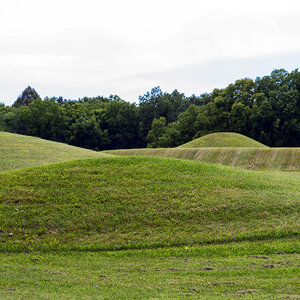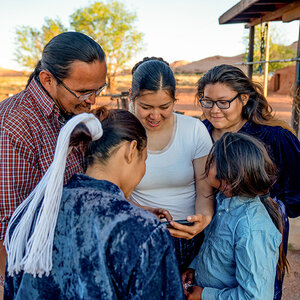Museums continue to hold Indigenous remains despite repatriation law

Despite decades of work by Indigenous communities, the ancestral remains of more than 110,000 Native Americans, Native Hawaiians, and Alaska Natives are still held by museums, universities, and federal agencies, ProPublica reports.
The investigation in collaboration with NBC News included an analysis of records from more than 600 institutions in the United States, interviews with more than 100 tribal leaders and museum professionals, and the review of nearly 30 years of transcripts from the federal committee that hears disputes related to the Native American Graves Protection and Repatriation Act (NAGPRA). NAGPRA was enacted in 1990 to provide a process for federal agencies and museums that receive federal funds to repatriate Native American cultural items—human remains, funerary objects, sacred objects, and objects of cultural patrimony—to lineal descendants and representative communities.
According to ProPublica, 10 institutions hold approximately half of the Native American remains that have not been returned to tribes, including Harvard University’s Peabody Museum of Archaeology and Ethnology, the University of California, Berkeley, the Field Museum in Chicago, the Ohio History Connection, the University of Kentucky’s William S. Webb Museum of Anthropology, the University of Tennessee, Knoxville, and the Illinois State Museum. The other two are the Department of the Interior, which administers the law, and the Tennessee Valley Authority. In addition, the Smithsonian Institution—whose repatriation process is governed by the National Museum of the American Indian Act—holds the remains of roughly 10,000 people, more than any other U.S. museum.
Repatriation efforts are often underfunded and not prioritized on the national level or by the institutions with holdings, ProPublica reports. A lack of federal funding has long hampered NAGPRA enforcement, and the National Park Service only recently received funding for one full-time staff position dedicated to investigating claims. Moreover, museums and institutions have only recently begun to fund repatriation efforts, including an $800,000 commitment by the University of Kentucky.
In October 2022, the Interior Department, led by Deb Haaland—the first Native American to lead the agency—proposed regulations to eliminate “culturally unidentifiable” as a designation and direct institutions to defer to tribal nations’ knowledge of their customs, traditions, and histories when making repatriation decisions.
“Institutions that don’t want to repatriate often claim there’s inadequate evidence to link ancestral human remains to any living people,” said D. Rae Gould, executive director of Brown University’s Native American and Indigenous Studies Initiative and a member of the Hassanamisco Band of Nipmucs of Massachusetts. “You either want to do the right thing or you don’t…It’s an issue of dignity at this point.”
(Photo credit: Getty Images/Mary Salen)







